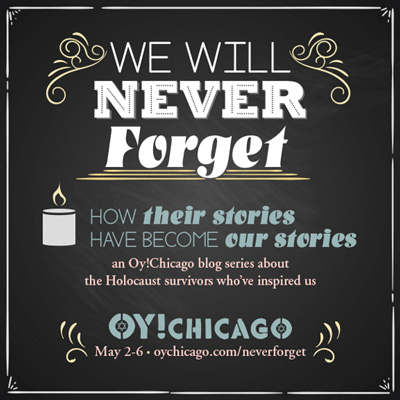
My papa, Ralph Rehbock, has been the greatest influencer and teacher in my life. Since surviving the Holocaust as a young boy, he has never been shy speaking about his past, or about teaching the lessons of the Holocaust as a member of Illinois Holocaust Museum & Education Center's Speakers' Bureau.
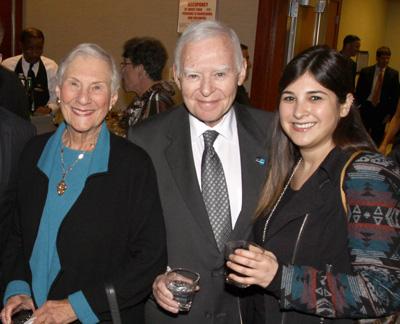
Carly and her grandparents
As a young girl, I was -- and still am -- captivated by his story of survival, including the historical learning that indulges my love of history, while still sharing life lessons in kindness, the importance of helping strangers, and taking a stand against injustice. His experiences and his lifelong dedication to spreading knowledge of the Holocaust have inspired me to be a better person and take action against injustice, and hopefully I can encourage others to do the same.
As a direct descendent of a survivor, I know how important it is to keep the story of the Holocaust alive. As the number of survivors dwindles, their stories are being told less and less.
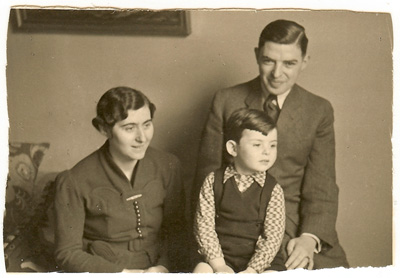
Ralph as a boy with his parents, Ruth and Hans
Considering he fled Germany when he was only 4 years old, my Papa's survival story was different than the narratives that I had learned in school. We were taught the stories of Anne Frank and Elie Wiesel, to name a few -- stories of concentration camps, Nazi invasions and the struggles of trying to hide as a Jewish person in Nazi Germany. I grew up believing that my Papa's story was atypical, and did not sound like all of the other survivor stories that I had been taught. As I grew older -- and wiser -- I learned how untrue that was.
My papa never had to hide in an attic like Anne Frank; he never had to survive a concentration camp as Elie Wiesel did. He did, however, have his life disrupted and completely changed due to the events of the Holocaust.
In 1938, while he and his family were visiting the American embassy in Berlin in order to get visas to come to the U.S., the Nazis invaded his home in Gotha. That was the night of Kristallnacht, the "Night of Broken Glass," when Jewish shops, buildings and synagogues were destroyed and their homes ransacked.
After going underground for a couple of weeks, my great-grandfather was able to hide in a plane bound for London, where he met up with his brother. A short time after, my papa and his mother went to board a train to England to meet him, but when they arrived at the train station they ran into Nazi soldiers who called "all Jews out!" and strip-searched them, including my papa and great-grandmother.
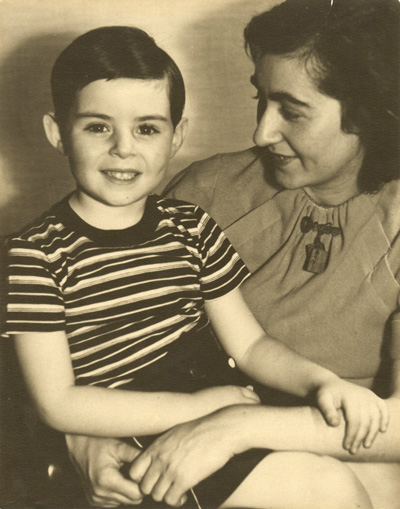
Ralph and his mother, Ruth Nussbaum Rehbock
Then a total stranger happened upon them and said, "when I signal you by tipping my hat, run with me." They had no reason to trust this man, but my great-grandmother made a split second decision, took my papa by the hand and ran with him. This stranger happened to know the exact time a train was passing that was heading for the Dutch border, which had not yet been invaded by the Nazis. The three of them ran across the tracks and jumped onto the moving train, which eventually led my papa and his mother to safety, first in England where they met up with my great-grandfather, and then ultimately in America. To this day, the destination of the train that they were supposed to take is still unknown.
My papa and his family survived due to the kindness of a stranger, and because of that, his story became less about his survival, and more about the ability of individuals to take a stand for humanity.
Today, my papa serves as vice president of the Illinois Holocaust Museum, which encourages visitors to "be 'Upstanders,' not bystanders," and the way my papa tells his story demonstrates how essential that adage is. I have chosen to live my life as an "Upstander" and I attribute that to all he has taught me.
Because of him, I strive to be as involved as I can with the museum. In college, I interned in the museum's collections department, where I spent my days immersed in the stories of survivors and the artifacts that were left behind. The allure of this internship was in part to advance my knowledge of the Holocaust (I was a history major), and more importantly, it was a way to be closer to my papa. I realized that interning at the museum was simply not enough for me. I wanted to do more, and to make a difference, just as my papa had always taught me.
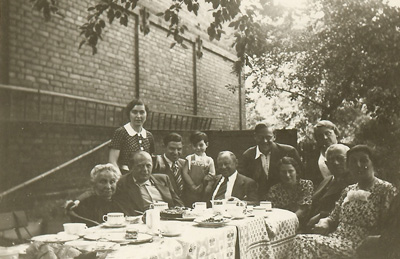
Family photograph of the Nussbaum-Rehbock family, taken on June 27, 1937, in Gotha, Germany. Ralph (Rolf) is the boy in the center.
Eventually I became part of Generation2Generation. G2G is a group focused on teaching the stories of Holocaust survivors long after they are gone. My G2G partner, Holocaust survivor Doris Fogel, has introduced me to a side of the Holocaust that I didn't even know existed.
Doris and her family were part of a small group of survivors who lived out the war in a ghetto, in Japanese-occupied Shanghai, China. Each time we meet, I learn more about Doris' childhood and her eight years spent with about 23,000 displaced Jews. Just like my papa's story, Doris' story is not traditional, yet it is an incredible example of survival and strength.
Generation2Generation has allowed me to cultivate a relationship with Doris and dozens of other survivors, with the promise that we, as G2G partners, will continue to bring life to their stories for many years to come.
My proudest accomplishment to date, however, has been becoming co-chair of the Illinois Holocaust Museum's new Young Professional Committee that hosts fundraising and friend-raising programs to support the mission of the museum. This role has offered me the opportunity to spread knowledge and awareness of the Holocaust, and stress the importance of taking action, just as my papa impressed upon me and so many others.
Everything that my papa has taught me has prepared me for this role. His influence has been so obvious in my life, and I would like to take this opportunity to thank him. I thank him for believing in me and helping me to get to where I am today and I thank him for sharing his story and inspiring me to be a better person and an Upstander. I hope that my achievements are making him proud, as I have been proud of him since I was old enough to understand his story and its many lessons.
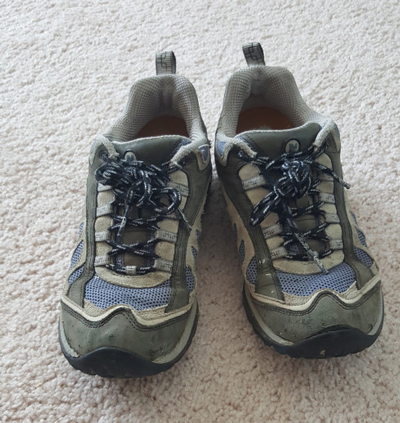
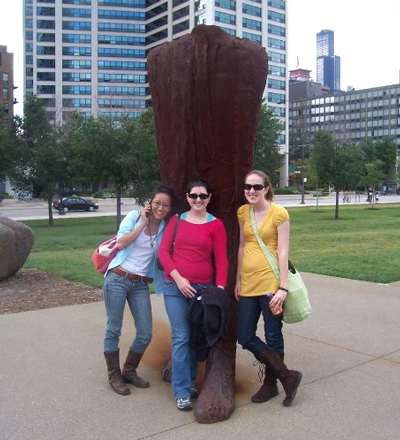
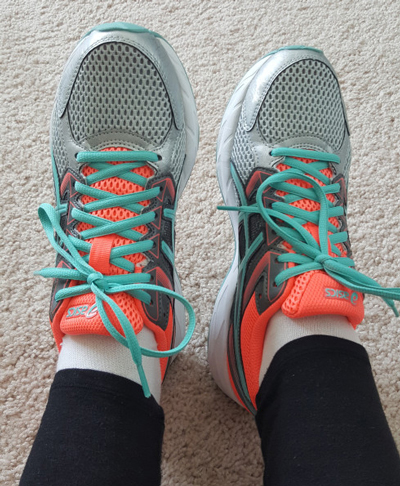


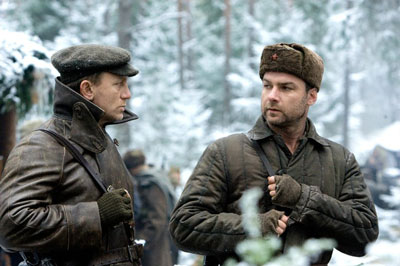
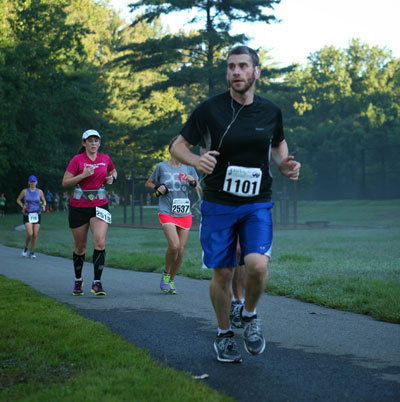
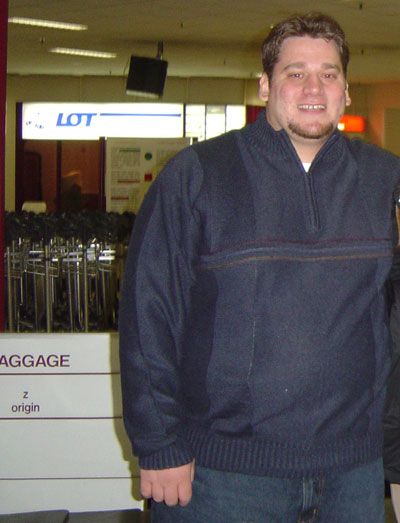

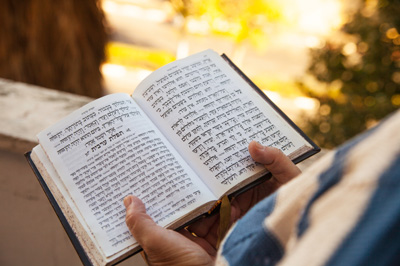
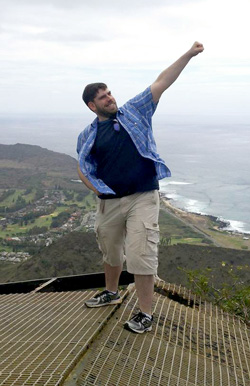
.jpg)





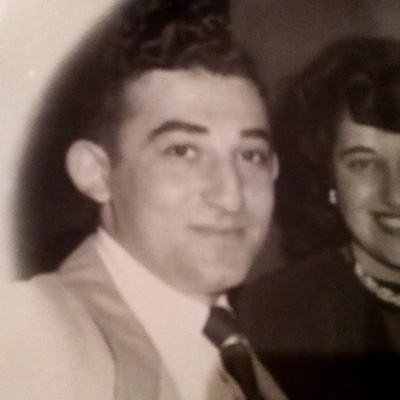
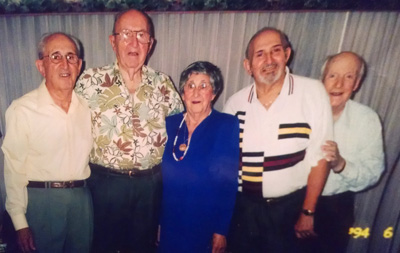
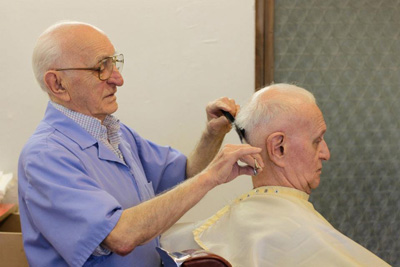
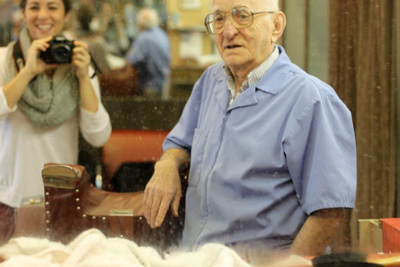

.jpg)



